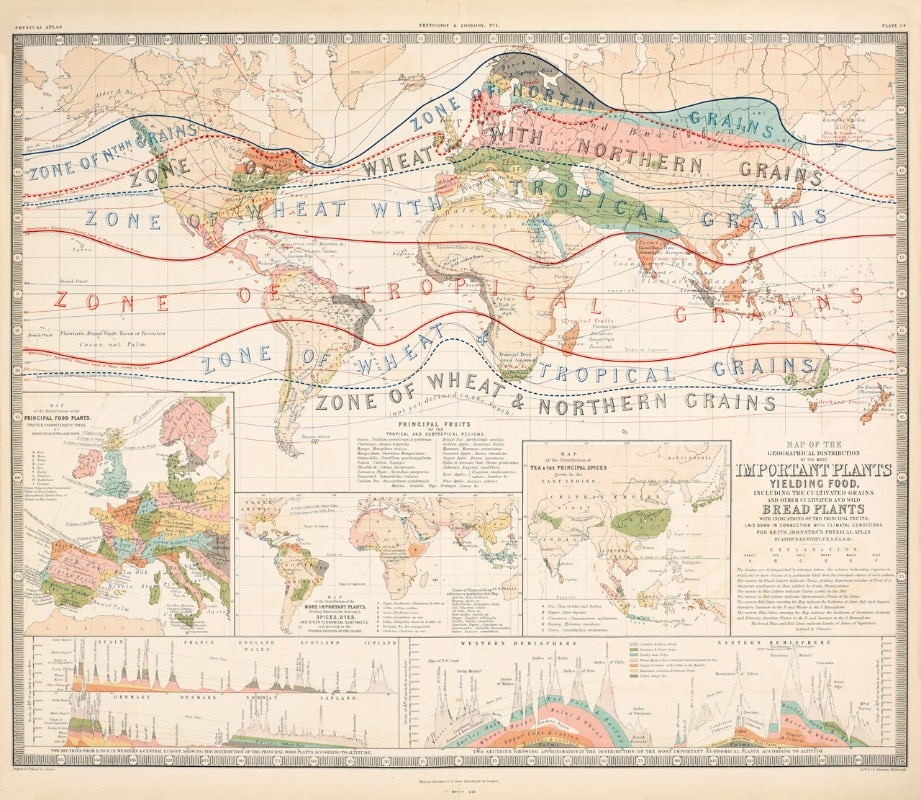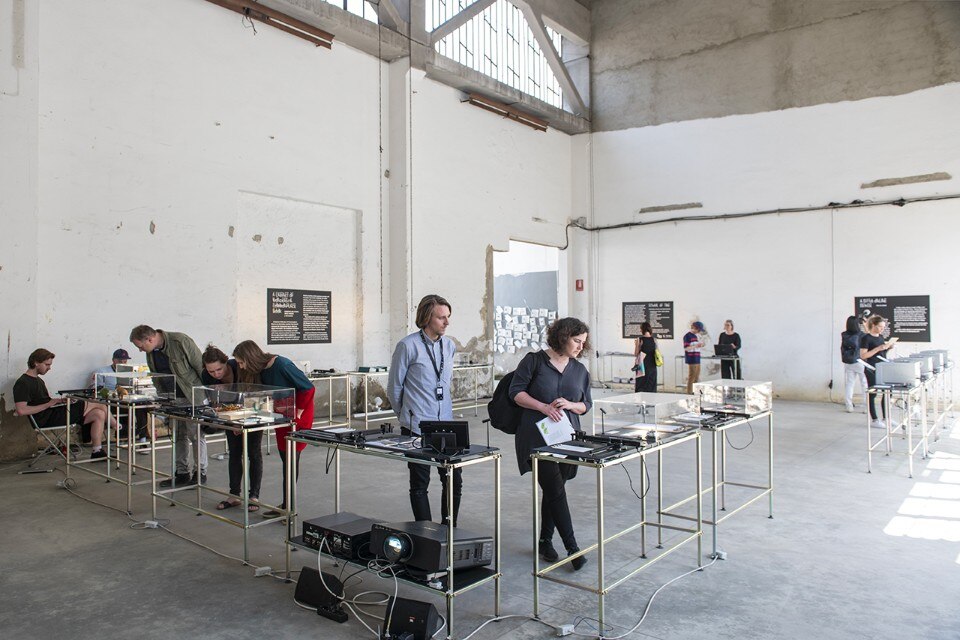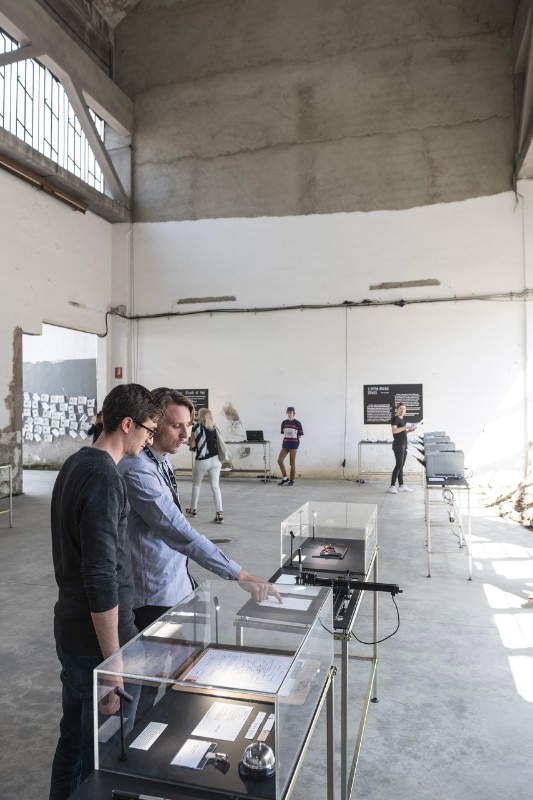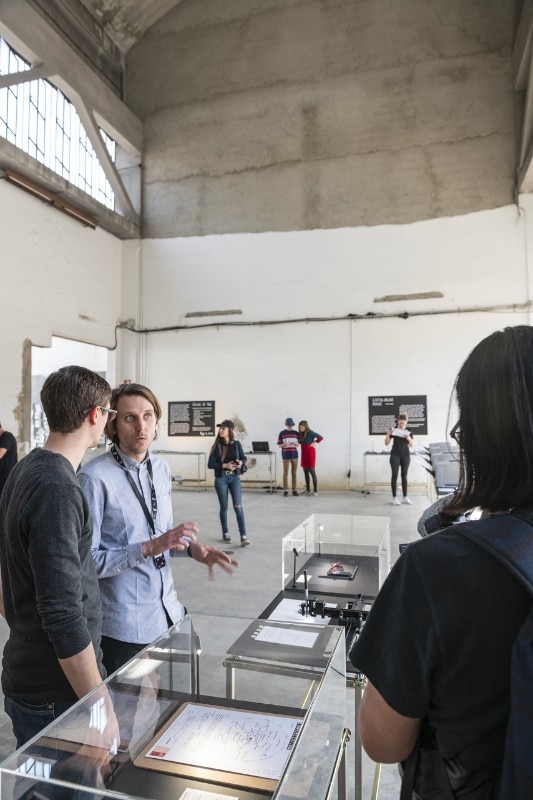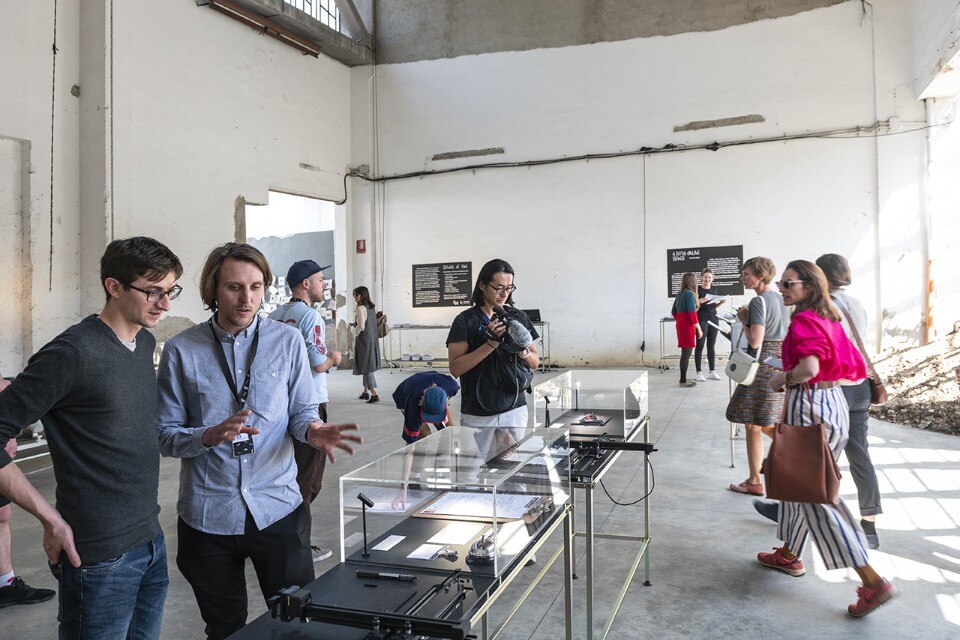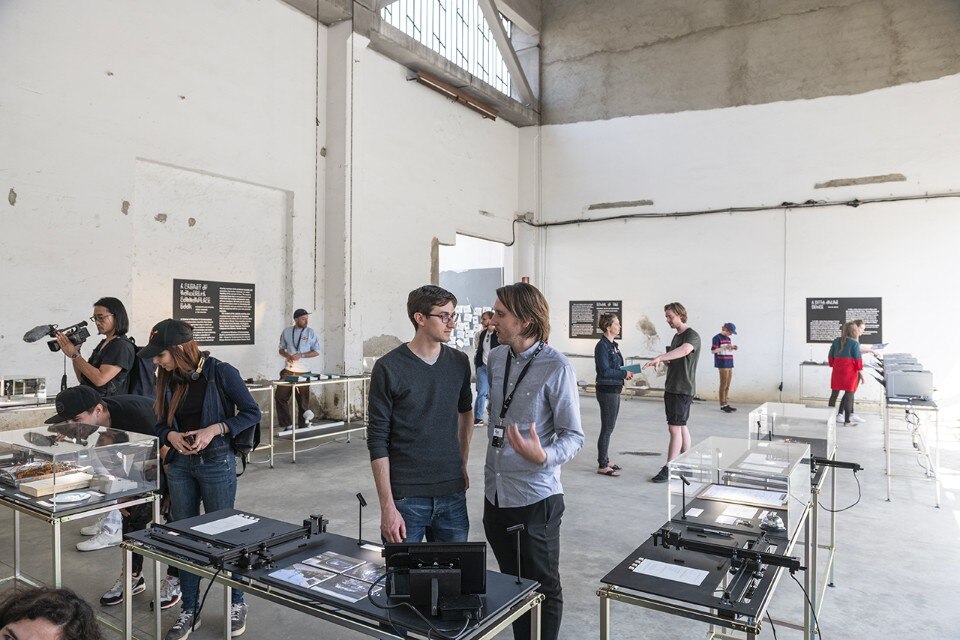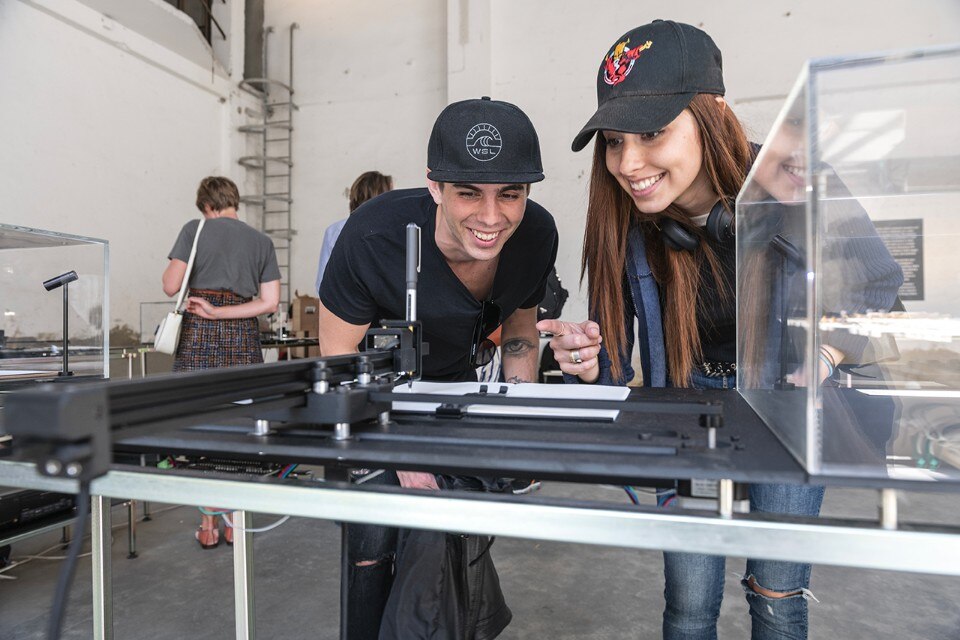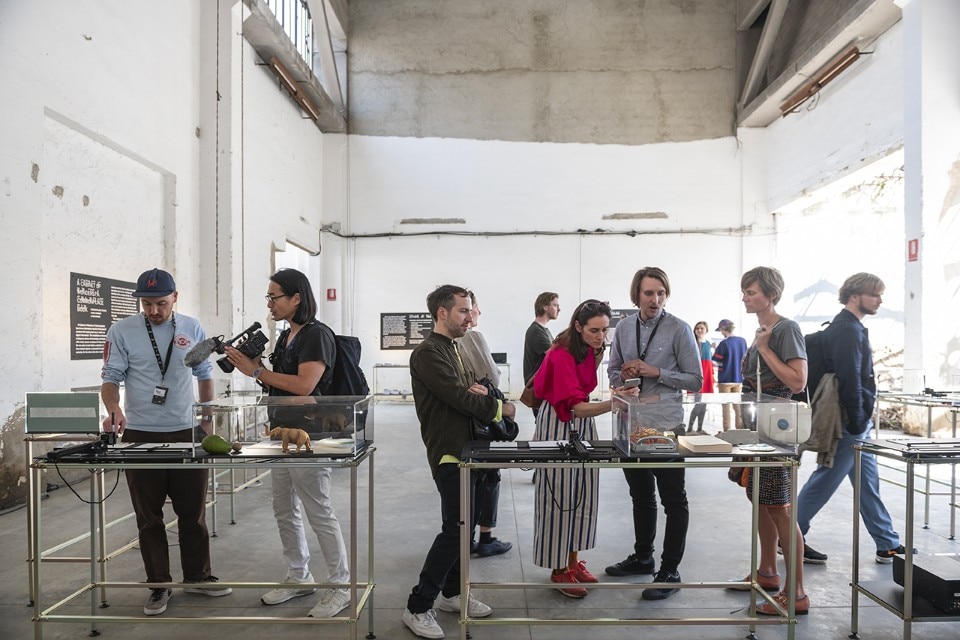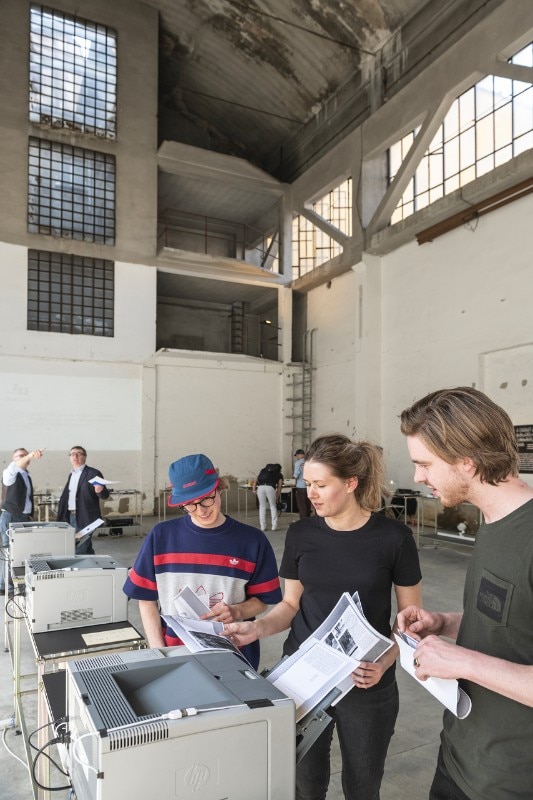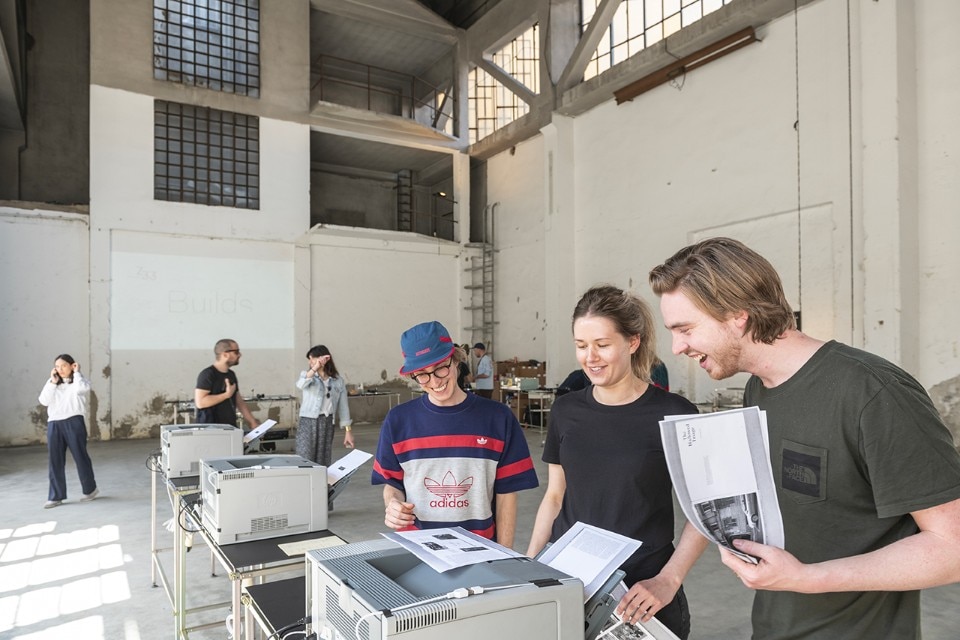From 22nd of September to 4th of November, the Istanbul Design Biennial transposes its format into a productive system oriented to learning and research processes. During the Milan Design Week, it invites the public to take part to an open discussion and to visit an installation curated by Z33. Here’s our conversation with Jan Boelen (curator), Vera Sacchetti (associate curator) e Nadine Botha (assistant curator).
In Italian, the term “school” means a lot of things. What is a school for you?
In A School of Schools, the term “school” speaks of learning spaces and learning environments. Most of all, however, it’s a term pregnant with opportunity; it speaks of spaces of exception, brave spaces for experimentation and the creation of new knowledge. When we look at design education specifically, we see that alternative design education initiatives have helped the discipline to evolve, question itself and push its own boundaries. Additionally, many of these experiments have also tested alternative ways of living, working, and connecting with each other and ourselves. Through this process-based experiential research, new manifestations, meanings, and implications of design have surfaced.
Why are design education and creative thinking so important in contemporary times?
It’s not so much a matter of design education of creative thinking as it is about the importance of spaces of exception, which in our complex times are getting increasingly more difficult to create. These are safe spaces, within which we can formulate alternatives to implemented systems. They create contexts where empowerment, reflection, sharing and engagement can happen.
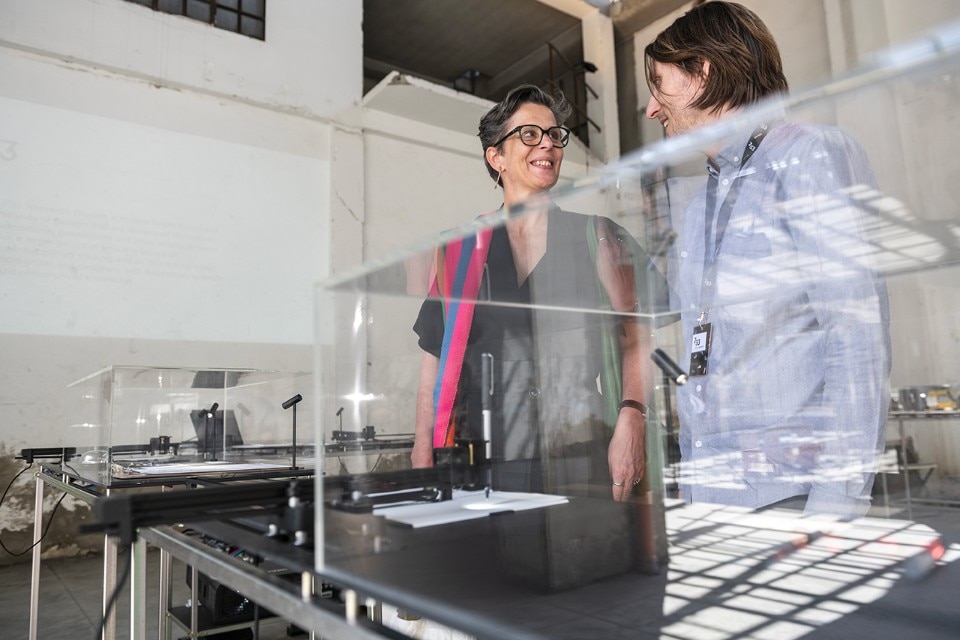
How should we imagine the opening of the biennial? Will it be an empty box to be filled with the contents produced with workshops and activities? Or is it a traditional exhibition?
We’re developing a multifaceted opening programme exploring the possible futures of design education. The Orientation days will take place over the course of two days, 20 and 21 September 2018, and will see practitioners, educators and thinkers from Turkey and abroad converge on a biennale conceived as a space of exception, dialogue and production. This hybrid program will see an exhibition activated by several events, workshops, presentations and performances.
“A School of Schools” seems to be interested more in learning approaches and processes then particular themes. What to learn?
The biennial is interested in learning approaches and processes, and our process and investigation are in themselves a learning process that we want to make open and transparent. One of the ways in which we are doing so is by using the biennial’s website, over the course of the coming months, as a platform documenting our process and making it available to all those who may want to learn with us. We are also currently working with is the idea of an expanded notion of design – the many directions in which the design field is expanding – which in our opinion can help define where design education should go. Additionally, we also know our experimentation cannot be conducted in a vacuum. That is why the biennial is firmly grounded in Istanbul, and the work we are doing is happening within the framework of several themes that resonate with the contemporary world and its complexities.
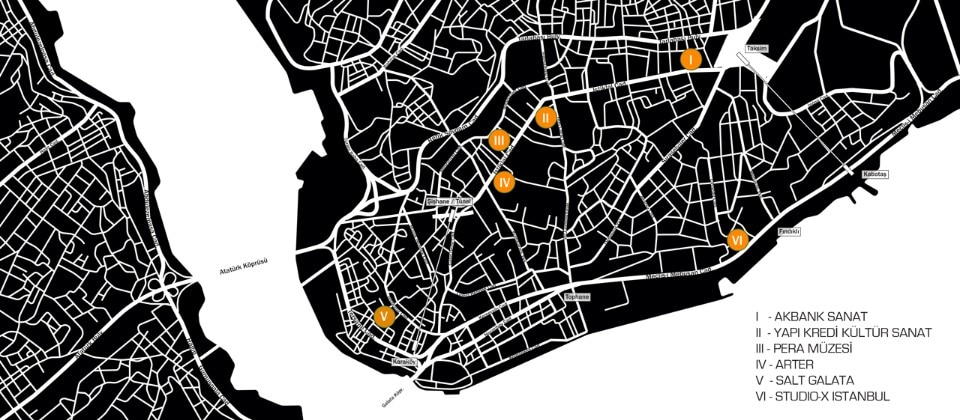
“The venues form a 3.5 km walking route through the city, connected by one of the main pedestrian shopping arteries...”. It is a distributed biennale. Can you explain this choice?
A School of Schools will appear in six different venues, all influential cultural institutions: Akbank Sanat, Yapı Kredi Kültür Sanat Yayıncılık, Arter, Pera Museum, Salt Galata, and Studio-X Istanbul. These are located across one of the most vibrant and diverse neighbourhoods in Istanbul, Beyoğlu. The venues create a walking route connected by one of the main pedestrian shopping arteries in the area – Istiklal Caddesi – and embracing the multigenerational and transdisciplinary learning environments that exist within the historical, social and cultural context of the district’s urban fabric. This choice to engage with existing institutions allows us to build on existing networks and collaborations as opposed to imposing new ones, expanding the potential for a sustainable legacy. Simultaneously, it is very important to create relationships with the context and the city, becoming locally specific. This is the 4th Istanbul Design Biennial, and it is important to engage with the specificities of the territory, otherwise this event could happen anywhere else.
The term ‘school’ is pregnant with opportunity; it speaks of spaces of exception, brave spaces for experimentation and the creation of new knowledge.
You have received more than 700 applications. Open calls are a way to "learn from" and to intercept contemporary issues and avant-gardes. Can you tell us about the selection process? What about your curatorial approach?
We were overwhelmed by the amount of applications we had; we never expected this many, and this confirmed to us the importance to work on the theme of design education. Nevertheless, there were several instances when very good proposals had to be discarded because they did not fit the direction we want to take. We most definitely learned from the selection process: it allowed us to reframe and rearticulate the themes we had initially defined, and it most definitely shaped the direction of the biennial. This will be made explicit in our curatorial choices, as well as in the choice of venues for our biennial, which allow us to distribute or concentrate certain project topics and attitudes.
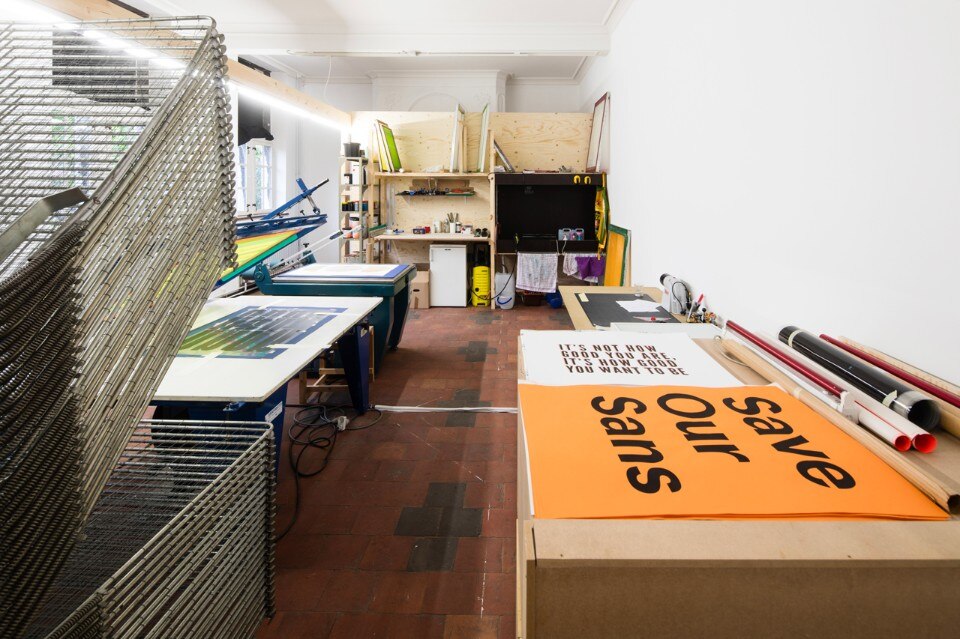
Turkey is one of the borders of Western civilisation. Is there a risk for the biennial to be a tool for cultural colonisation? Where do the participants come from?
We are very aware that we are not from Istanbul, but we are also aiming to go beyond the stereotypical binaries about the city: East-West, the meeting point between Europe and Asia, etc. With A School of Schools, we are steering away from ideas of a grand narrative imposed by the biennial in this specific context, and are instead aiming to create a biennial that gathers a series of short stories, born out of dialogue, research, and exchange of knowledge. For us, it is very important to be locally specific: we’re addressing themes with local relevance, we are bringing some people to Istanbul, collaborations and exchanges are happening within Istanbul, and projects are rooted in Istanbul or in Turkey. In the overall network of participants in the biennial, we are aiming to have 50% Turkish participants, and 50% from the rest of the world.
- Event:
- A School of Schools – 4th Istanbul Design Biennial
- Event:
- 19 April 2018 – h 11.30
- Venue:
- Alcova
- Address:
- via Popoli Uniti 11, Milan
- Curator:
- Jan Boelen
- Associate curator:
- Vera Sacchetti
- Assistant curator:
- Nadine Botha
- Director:
- Deniz Ova
- Organised by:
- Istanbul Foundation for Culture and Arts
- Sponsor:
- VitrA


